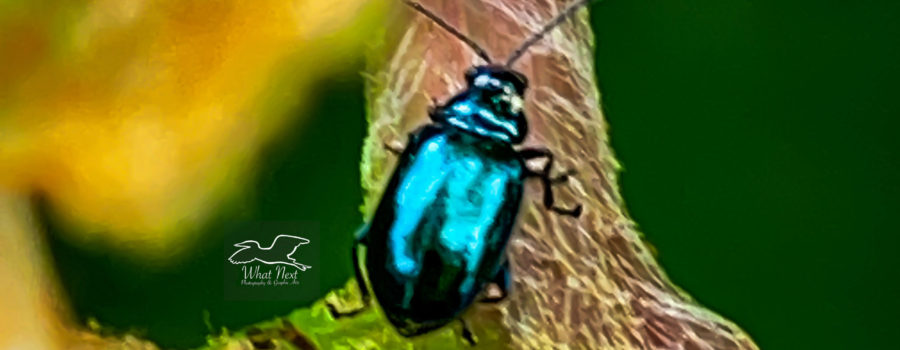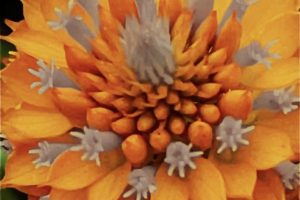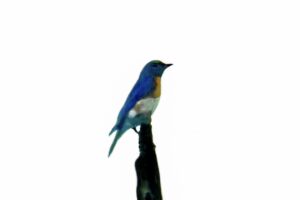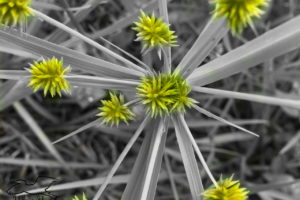Flea Beetles are Beautiful and Pretty Cool

Florida, and the south in general, are well known for their large insect populations. Our warm weather, high humidity, and abundance of varied vegetation all are factors in supporting these insects. Some of our insects are pest species like fleas, mosquitoes, and flies, while others are less harmful. One of our less harmful insects are the flea beetles of the genus Altica. Flea beetles are members of the family Chrysomelidae, which includes all of the leaf beetles such as the alder leaf beetle and the imported willow leaf beetle. So as you might expect, flea beetles are a type of leaf beetle. Leaf beetles, as their name implies, eat the leaves on various species of plants. Some of them specialize in one species or family, while others are found on multiple species. Generally, leaf beetles feed on young leaves and skeletonize them. They usually lay their eggs on the same plants and the larvae feed on those plants as well.

Flea beetles are so called because of their powerful hind legs that allow them to be great jumpers, helping them to escape predators. Most species of flea beetles look very similar and can only be distinguished from one another either by microscopic examination of the genitalia or by DNA sequencing. The species of many of them can be guessed at based on the plants where they can be found, but some of them will feed on several types of plants depending on what’s available and what season it is. Many of these beetles have not been well studied since there are so many of them (there are over 70 species in the US and Canada, and many, many more throughout the the world).

Most flea beetles have a similar lifestyle. Most species overwinter in their pupal stage. The pupa are encased in a shell made from salivary secretions and found in either the soil or the leaf litter on the ground below the host plant. The pupae begin to emerge as adults when the weather warms up and early spring leaves begin to appear. Eggs are laid later in the spring, usually on mature leaves of the host plant. The eggs hatch in a matter of a few days and caterpillars migrate to more immature leaves to begin feeding. The larvae go through three instars with the smaller ones staying on the undersides of immature leaves and the larger ones on the leaf tops and small branches of the host plant. In the northern United States and Canada flea beetles usually produce one generation each year, but down here they may produce two or sometimes three.

This particular flea beetle is probably a member of the species Altica torquata based on the fact that I found it on a wild summer grape vine. I actually found it the same Friday afternoon that I found the green anole, passion fruit flower, ebony jewelwing, and aphid farming carpenter ants. The beetle was on the same summer grape vine as the ants, but in a different section. I often check the grape vine when I pick up my mail, since it hosts a lot of interesting insects and caterpillars. Sometimes I don’t find anything, but often enough there is something of interest there. This little beetle was very small, and had I not been looking closely, it would have been easy to overlook.





Recent Comments